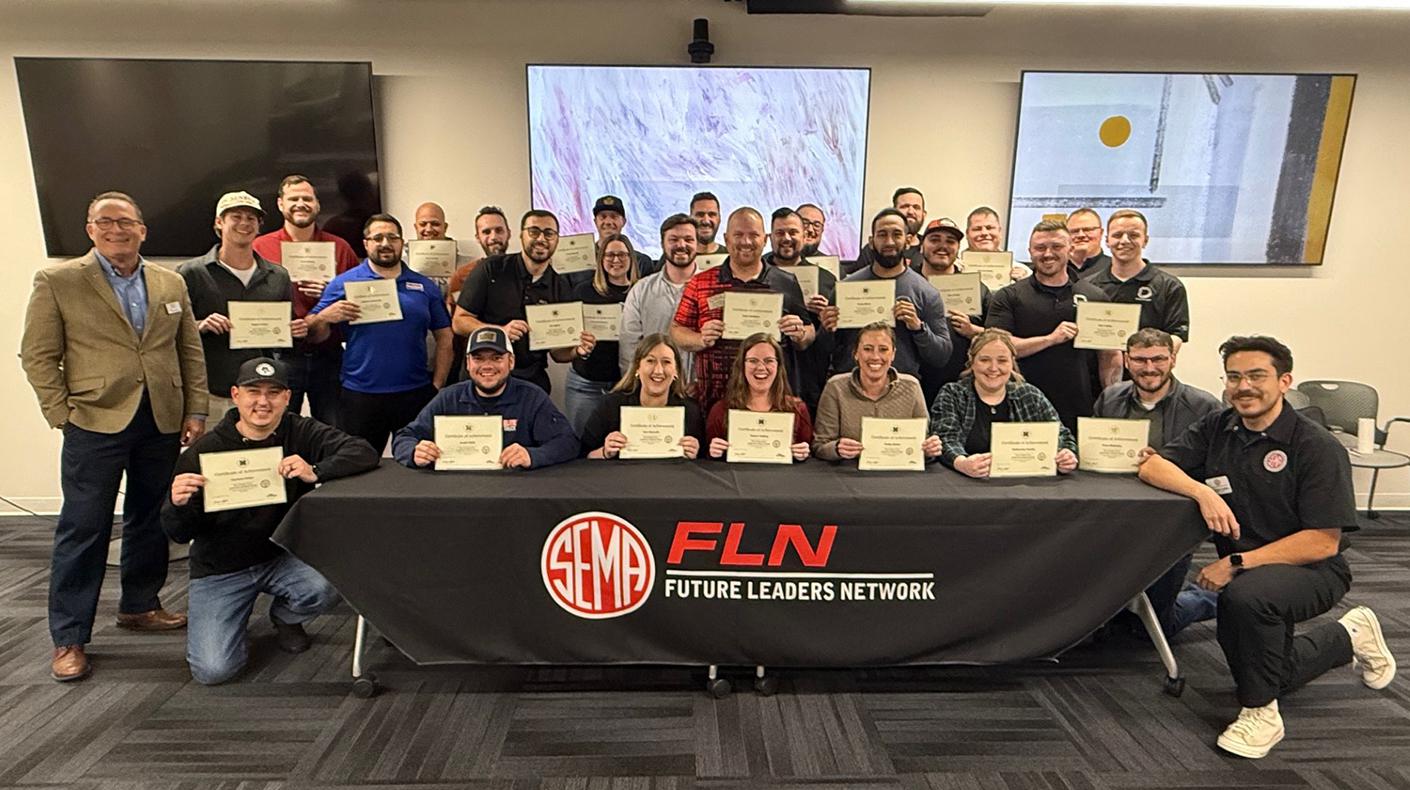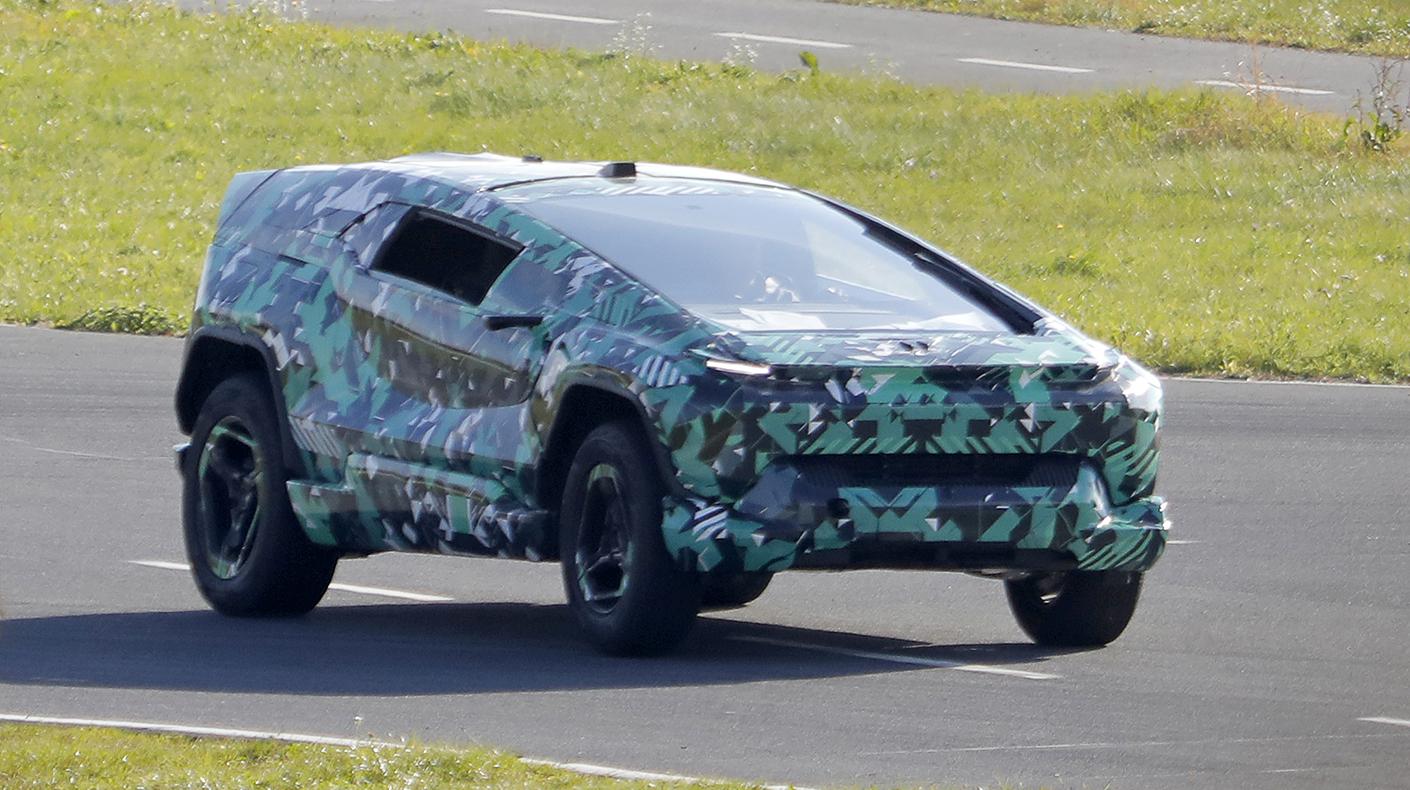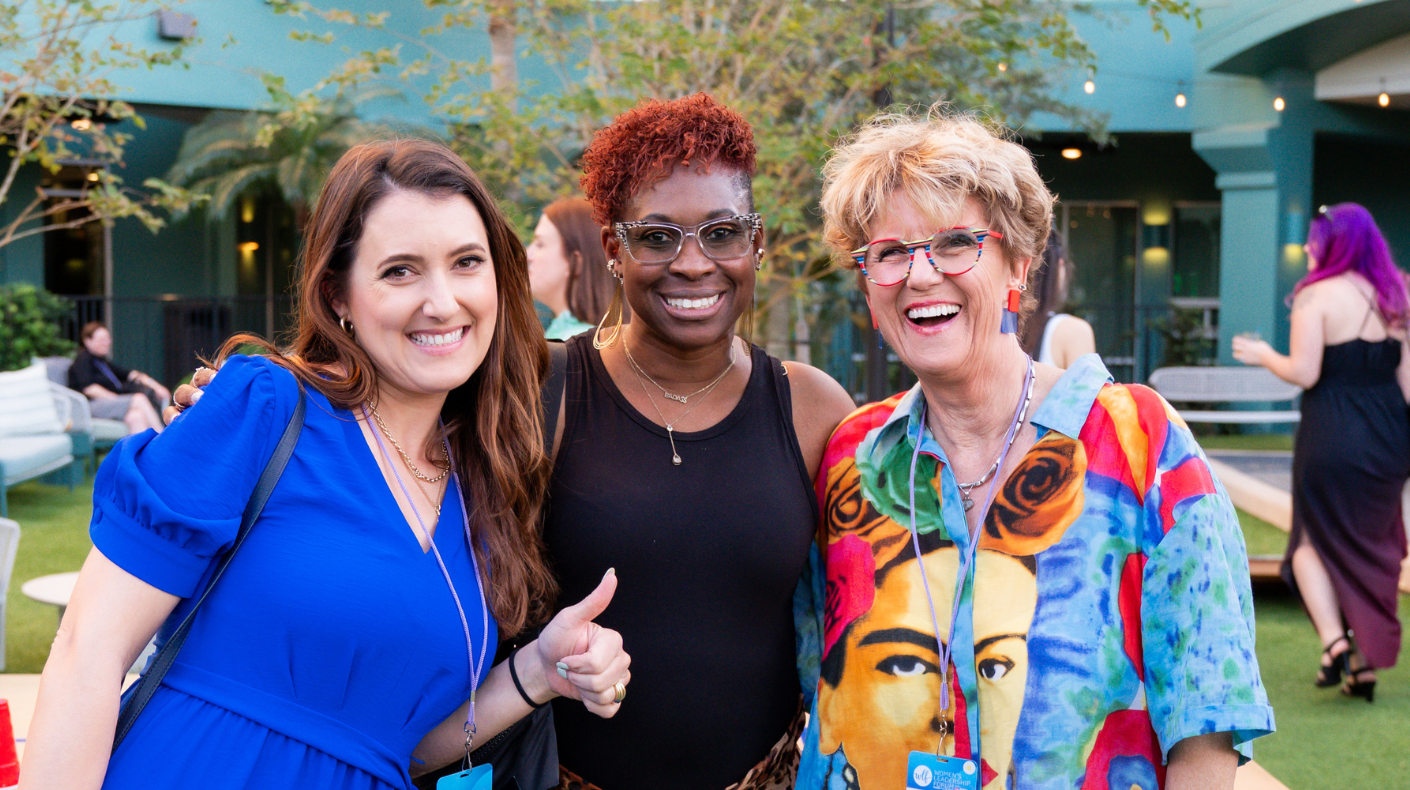By Ashley Reyes
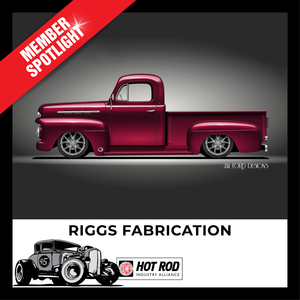 |
The SEMA Hot Rod Industry Alliance (HRIA) has named Riggs Fabrication as this week’s council spotlight member. In HRIA’s recent interview with company owner Jay Riggs, Riggs shares his memorable story of how his business began, the importance of having passion for each project and what changes he is seeing is the industry—including the role technicians play as skilled craftsman and artists for business.
SEMA: Tell us the story of your shop? How did you start?
Jay Riggs: I started building a ’29 Model A in my garage about 13-14 years ago. As a kid, I always played with Hot Wheels and glued together models. In the early 2000s, a friend let me ride with him in his hot rod to a car show. I quickly saw how much more fun the guys with cars were having, and I wanted to be a part of it. I decided to build my first car in my garage around the 2007–2008 timeframe.
I worked in the corporate world and built my car on nights and weekends. I found out I loved to shape metal and found buddies who were good at engines and power, so we could trade. A friend asked if I wanted to chop a 49 shoebox in my garage, and this was my first chop. In 2012, I became unemployed, with two chops lined up in my garage. In late 2012, we opened up for business in a 1,200-sq.-ft. shop. The first day in the new shop, the electric company had us under the incorrect address, so they didn’t turn on my power. I borrowed a portable generator and got to work chopping the top on a ’54 Plymouth. That was a memorable start to my business.
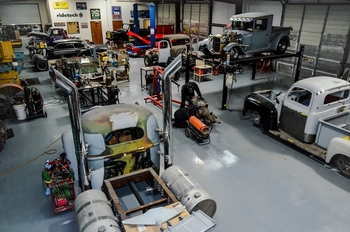 Riggs Fabrication currently occupies a 15,000-sq.-ft. facility in Justin, Texas. |
SEMA: What was your breakthrough moment?
JR: I can’t really identify with a single moment. I kept my head down and worked hard. Within the first year, we were able to move into a 2,000-sq.-ft. shop on the same property. I was able to hire an employee and add equipment. By year three, we moved into a 3,000-sq.-ft. shop. We kept working hard, reinvesting in the business. As of April 2020, we now occupy a 15,000-sq.-ft. facility. In the beginning, we focused on metal fabrication only. I was doing subcontract sheet metal and chassis fab work for other shops. Now we have three really talented mechanics. We added paint and body in January 2020, and now have a five-man paint and body team.
SEMA: Who helped you along the way?
JR: I had a cousin with a hot-rod shop in New Braunfels, Texas, who helped me navigate some hurdles and give me confidence to get started and keep going. I also had a couple of local established shops that wanted to see me make it. They were always available for advice on the business side.
SEMA: What cool projects are you working on in 2020? What new and exciting projects do you foresee in the future?
JR: We are doing a ’36 Ford pickup in a mild gasser-style build, House of Kolor violet pearl, crazy twisted headers—It is going to be wild. Being in Texas, we have always had a lot of pickups. We have a ’29 Ford truck, a ’36 Ford, a ’41 Chevy truck and a pair of F1s that will hit the street this year.
In the shop today, we have a ’29 Model A pickup, ’50 Ford F1, ’57 Dodge Power wagon, ‘51 Ford pickup, ’75 Ford 4x4, ’50 Mercury and a ’76 Dino Ferrari.
SEMA: What advice do you have for young professionals contemplating a career in the automotive aftermarket?
JR: We have done a lot of work with Lincoln Tech and local high school programs. I have been able to hire students from the schools. We work with the local high school automotive program. We employed a recent graduate from the automotive program.
My advice is to look at what you are passionate about. This industry has a lot of history, so you are dealing with family history and stories behind the cars. There is a lot of passion in each project, including the owner’s dreams and excitement. Be passionate about what you do. You can become a craftsman and have the ability to contribute to the industry.
SEMA: What changes are you seeing in the industry?
JR: We see more innovations, part availability and greater technology. Hot-rod technicians are no longer the guys that did not make it at the dealership. They are skilled craftsman. Good technicians are tremendously valuable. They are artists, craftsmen and incredibly talented. They are setting the bar in our industry higher and higher with each build. These technicians are now earning their value with higher wages.


